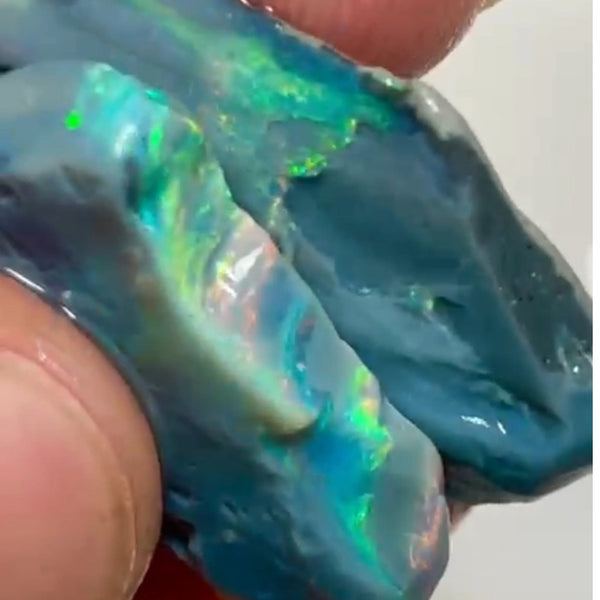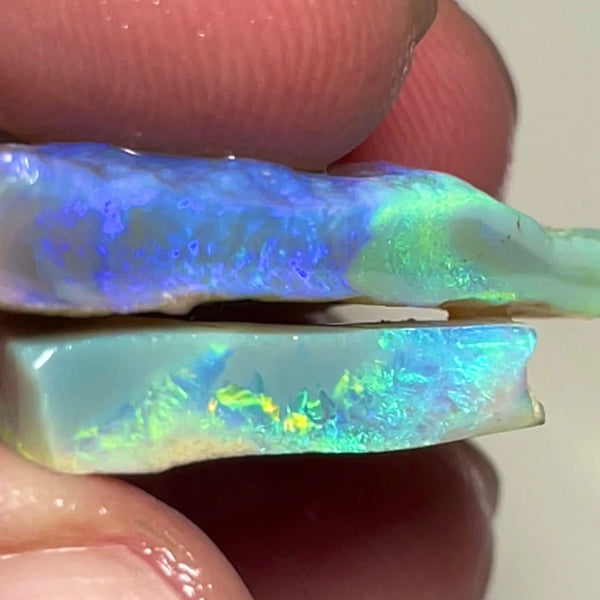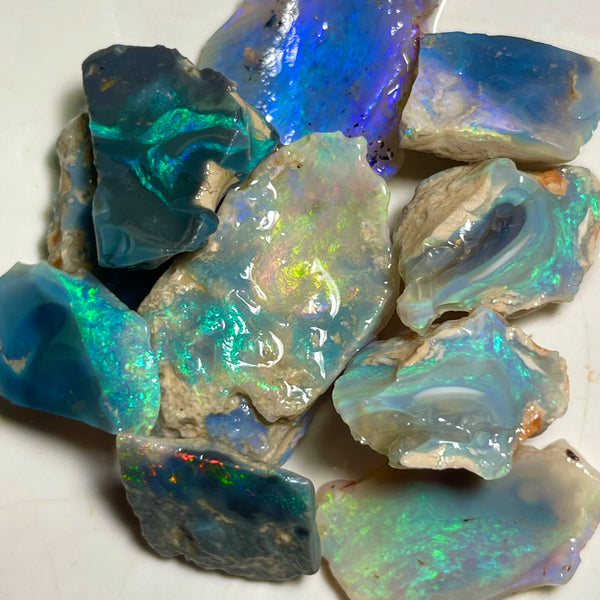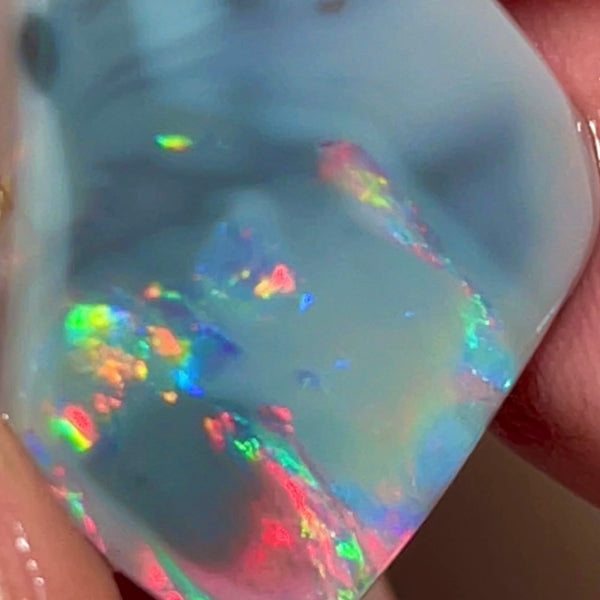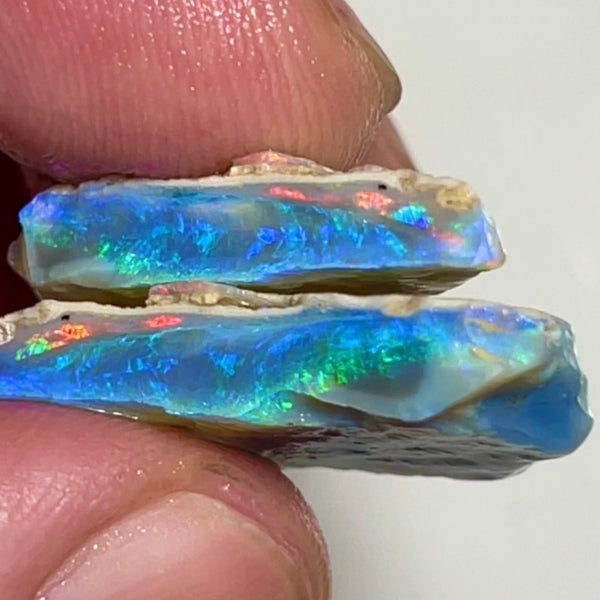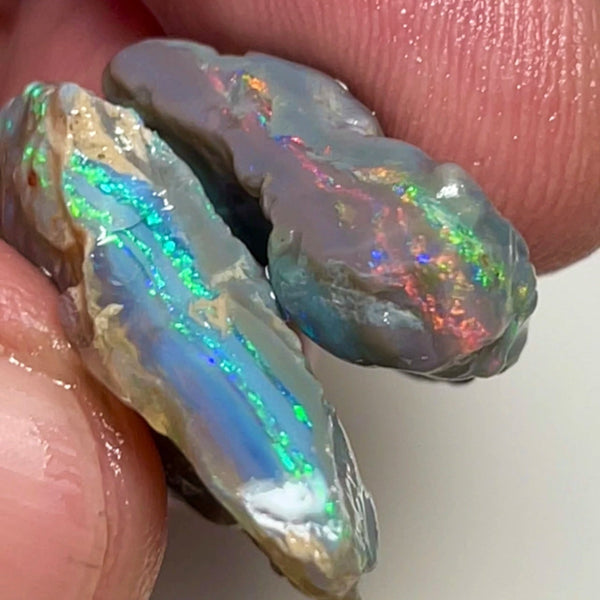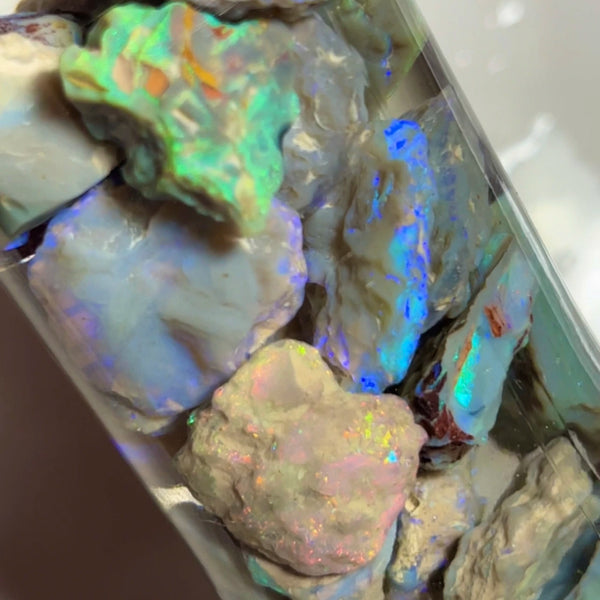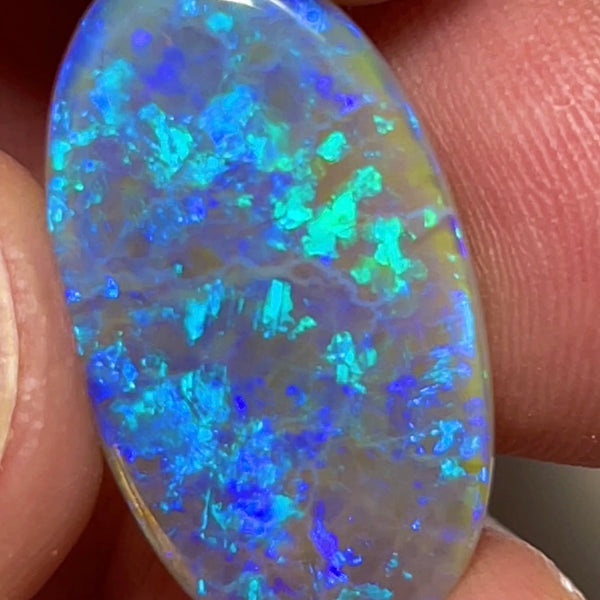Knobbies in geology
When it comes to understanding the Earth's history, geology plays a crucial role. One fascinating aspect of geology is the study of knobbies. But what exactly are knobbies? And why are they important? In this blog post, we will explore the world of knobbies and delve into their geological significance.
What are Knobbies?
Knobbies are small, rounded protrusions found on the surface of rocks. They can vary in size, ranging from a few millimeters to several centimeters in diameter. Knobbies are typically formed through a process called concretion, where minerals precipitate and accumulate around a nucleus within the rock.
How are Knobbies Formed?
The formation of knobbies is a complex process that involves various geological factors. It begins with the deposition of minerals in the surrounding sediment. Over time, these minerals start to accumulate around a central nucleus, such as a shell fragment or a mineral grain. As more minerals are deposited, the knobby structure grows, eventually becoming a distinct feature on the rock's surface.
What Causes the Variation in Knobby Shapes?
Knobbies come in a wide range of shapes, from spherical to elongated and even irregular. The variation in knobby shapes is primarily influenced by the type of minerals present and the environmental conditions during their formation. Factors such as the availability of minerals, the rate of mineral precipitation, and the presence of organic matter can all contribute to the diverse shapes observed in knobbies.
Why are Knobbies Important in Geology?
Knobbies provide valuable insights into the geological history of an area. By studying the composition and arrangement of minerals within knobbies, geologists can determine the conditions under which they formed. This information can help in understanding past environmental changes, such as fluctuations in temperature, salinity, and sedimentation rates. Knobbies can also serve as indicators of ancient ecosystems, as they often preserve fossils or other organic remains within their structure.
Where Can You Find Knobbies?
Knobbies can be found in various geological settings, including sedimentary rocks, volcanic deposits, and even meteorites. Coastal areas, riverbeds, and desert regions are particularly rich in knobby formations. If you're interested in exploring knobbies, consider visiting geological sites known for their unique rock formations, such as the Badlands National Park in South Dakota or the Isle of Skye in Scotland.
Knobbies are fascinating geological features that offer a glimpse into the Earth's past. Their formation and diverse shapes provide valuable clues about the environmental conditions and ecosystems that existed millions of years ago. So, the next time you come across a knobby rock, take a moment to appreciate the geological story it holds within its rounded surface.
What is the meaning of the name Nobby?
The name Nobby is of English origin and is derived from the word "nob," which means "head" or "chief." It is a nickname or a diminutive form of names such as Robert or Robin. The name Nobby is often associated with someone who is considered to be a leader or a person of authority.
Where did the name Nobby originate?
The name Nobby has its roots in medieval England. During this time, nicknames were commonly used to distinguish individuals within a community. These nicknames were often based on a person's physical appearance, occupation, or personal characteristics. The name Nobby likely originated as a nickname for someone who had a prominent or distinguished head.
Is the name Nobby still in use today?
While the name Nobby may not be as common as some other names, it is still used today, albeit in smaller numbers. It is often used as a nickname or a pet name for individuals named Robert or Robin. The name Nobby can also be found in popular culture, with fictional characters bearing this name in books, movies, and television shows.
Notable individuals with the name Nobby
One notable individual with the name Nobby is Nobby Stiles, a former English footballer who played a key role in England's victory in the 1966 FIFA World Cup. Stiles was known for his tenacity and leadership on the field, making the name Nobby synonymous with determination and success in the world of football.
The name Nobby may have a humble origin as a nickname, but it carries a sense of authority and leadership. Whether used as a pet name or a given name, Nobby is a unique and distinctive choice that reflects the rich history and traditions of England. So, if you're considering naming your child Nobby or looking for a nickname for yourself, you can embrace the heritage and meaning behind this intriguing name.
Knobby Opals
Opals are one of the most unique gemstones in the world. Known for their stunning play of colors, opals have captivated people for centuries. While most people are familiar with the classic opal, there is a lesser-known variety called knobby opals. In this blog post, we will explore what knobby opals are and why they are so special.
What are knobby opals?
Knobby opals are a type of opal that feature a distinctive, bumpy texture on their surface. These opals are characterized by their irregular, uneven shape, which sets them apart from the smooth and polished appearance of traditional opals. The knobby texture is caused by the presence of small nodules or bumps on the surface of the stone.
How are knobby opals formed?
Knobby opals are formed in a similar way to other opals. They are created when water containing dissolved silica seeps into cracks and cavities in the earth. Over time, the water evaporates, leaving behind deposits of silica. These deposits then harden and form opal. The unique knobby texture of knobby opals is believed to be the result of the silica forming around small particles or impurities in the water, creating the nodules or bumps on the surface of the stone.
Why are knobby opals special?
Knobby opals are highly sought after by collectors and gemstone enthusiasts for several reasons. Firstly, their distinctive texture makes them visually striking and adds an element of intrigue to their appearance. The bumps and irregularities on the surface of knobby opals create a unique play of colors, enhancing their beauty.
Additionally, knobby opals often have a higher concentration of silica compared to traditional opals. This higher silica content can result in a more vibrant play of colors, with intense flashes of red, blue, green, and other hues. The combination of the knobby texture and the vibrant colors makes knobby opals truly one-of-a-kind gemstones.
How to care for knobby opals?
Like all opals, knobby opals require special care to ensure their longevity and beauty. Here are a few tips to keep in mind:
1. Avoid exposing knobby opals to extreme temperatures or rapid temperature changes, as this can cause them to crack or craze.
2. Keep knobby opals away from harsh chemicals, such as cleaning agents or solvents, as these can damage the stone.
3. Store knobby opals in a soft pouch or cloth to protect them from scratches and impacts.
4. Clean knobby opals gently with a soft, damp cloth and avoid using any abrasive materials or harsh cleaners.
In conclusion, knobby opals are a unique variety of opal that feature a bumpy texture on their surface. Their distinctive appearance, vibrant play of colors, and higher silica content make them highly prized by collectors and gemstone enthusiasts. By following proper care and maintenance practices, you can ensure that your knobby opals remain beautiful for years to come.



